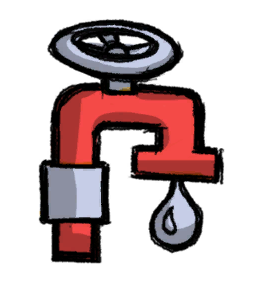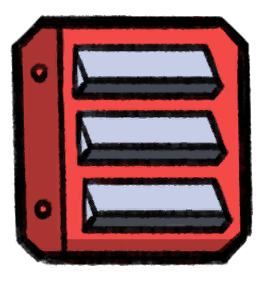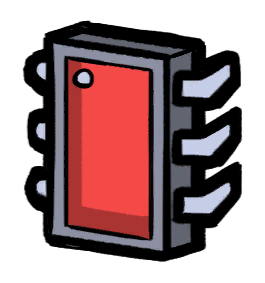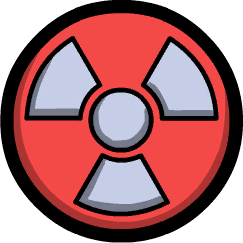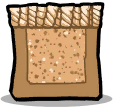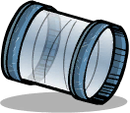Liquid Reservoir
Liquid Reservoir is a building that allows for 5 ton of Liquid storage.
It can connect to a Liquid Intake Pipe and a Liquid Output Pipe, and is useful as a power-free in-line buffer, since it also eliminates need for intermediary Liquid Pumps. At least one segment of Liquid Intake Pipe must be connected for Liquid Reservoir to work. The Liquid Output Pipe is optional.
Be aware the Reservoir can overheat depending on the environment it is sitting in, and has a low initial overheat temperature of 75 °C. It's best to build them out of Gold Amalgam or Steel if you are dealing with high temperature environments.
In addition, liquid reservoir's internal storage are sealed, but not insulated. This means off-gasing elements like Polluted Water will not offgas, but its contents will still exchange heat with its environment as well as the solid tile below the reservoirs' tile of interest.
Disabling the Reservoir
Reservoirs can be disabled by Duplicant, when disabled it only stops outputting its content, while still accepting the input.
This can also be achieved by destroying the base the Reservoir is built upon, which can be automated by building it on top of a Mechanized Airlock and open and closing it via automation. Only a single tile of the Reservoir must be on top of an open Mechanized Airlock for it to be disabled.
Tips
- It is more energy-efficient to keep your liquids in reservoirs, since it saves on pumping.
- A full surface Water (or Polluted Water) tile weighs 1000 kg, so one reservoir can hold approximately 5 tiles of water while taking up 6 tiles of space.
- However, liquid can also fill the tiles a reservoir inhabits, allowing approximately 11000 kg of water to fit into 6 tiles of space.
- If a Liquid Reservoir is submerged in Chlorine, any germs on its contents will be quickly killed. This is a good way of quickly eliminating Food Poisoning germs from your lavatory and sink facilities.
- A common set up is to use three sequential Liquid Reservoirs built upon Mechanized Airlocks. These airlocks are connected to a Cycle Sensor that sends a Green Signal during the first half cycle and a Red Signal in the second half cycle. The first and third airlock is simply connected to the sensor, while the second airlock is connected via a NOT Gate. With this setup, the contaminated liquid will stay in each reservoir for a half cycle and any germs will be killed.
- Liquid Reservoirs average out the temperature of each liquid pumped into it (thus smoothing out temperature spikes/differences from the input liquid). This allows, for example, for much easier temperature control if a Liquid Pipe Thermo Sensor is placed on the output pipe.
- As reservoirs can contain larger amounts of liquid than pipes, a partially-filled reservoir also eliminates the need for advanced Liquid Bridge setups to ensure coolant constantly circulates.
- The low rate of heat transfer between a reservoir's contents and its surroundings allow space-conscious duplicants to store reservoirs in the same steam chamber as Thermo Aquatuners, as long as they are made of Steel. More heat difference will be lost to ceramic pipes than the reservoir, despite the materials and size.
- When feeding Metal Refineries with liquid from these reservoirs and then dumping the heated liquid back into the latter, it may be wise to use regular piping so that the liquid can cool off along the way.
- That is, assuming that you are not resorting to cooling the output liquid.
- Deconstructing a Liquid Reservoir will cause the contents to drop in bottled form. This can be a useful way to supply stations that require liquids but do not support pipes, such as the Exosuit Forge
See also
History
- RU-284571: Introduced.
- AP-395113: Gas Reservoir and Liquid Reservoir have smart storage functionality
- AP-397125: More buildings are brought forward into Overlay space in the Gas / Liquid conduit overlay





